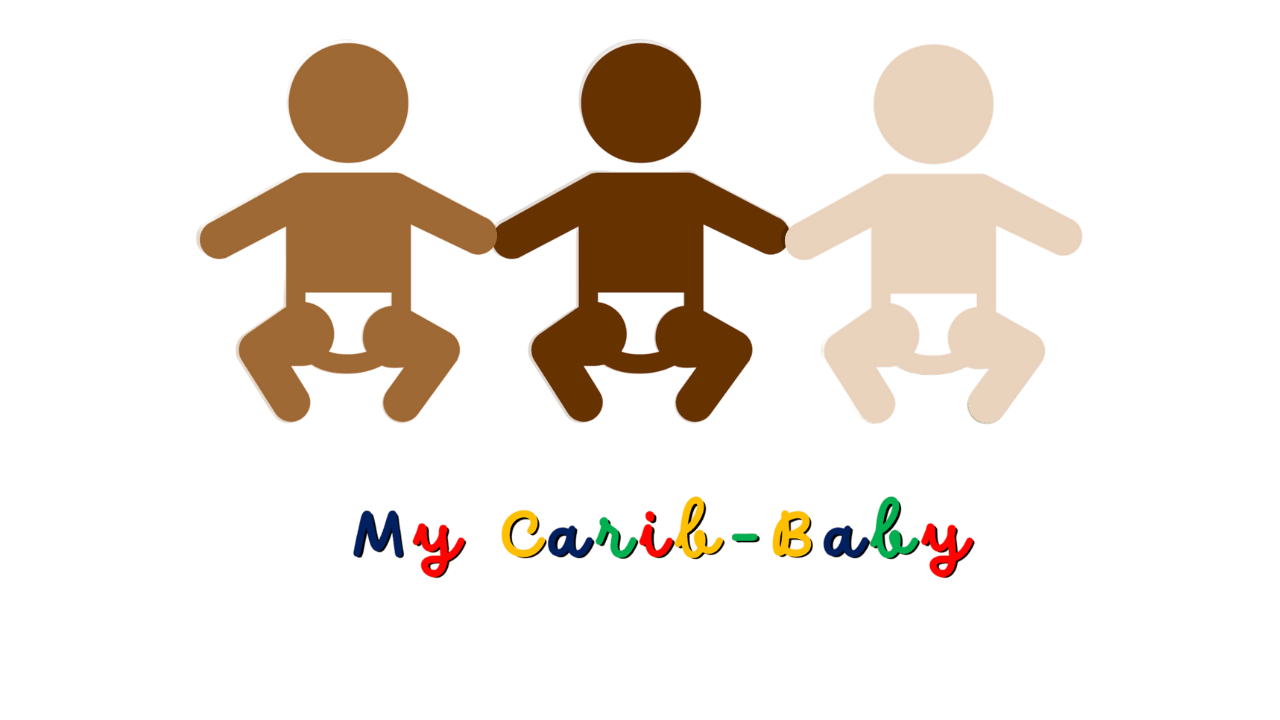
Mastering Baby Weaning: A Complete Guide
Embarking on the journey of baby weaning marks a significant milestone in your child's development and nutrition. In this comprehensive guide, we will delve into the intricacies of mastering baby weaning to equip you with the knowledge and insights needed for a smooth transition. From understanding the basics of baby weaning to navigating the introduction of solid foods, this article aims to provide you with practical tips and expert advice to support you every step of the way.
Join us as we explore the best practices for a successful baby weaning journey, along with strategies to overcome common challenges that may arise during this process. We will also discuss how to smoothly transition your baby to family meals, fostering healthy eating habits that will benefit them for years to come. Get ready to empower yourself with the tools and information necessary to make baby weaning a rewarding and enjoyable experience for both you and your little one

Understanding the Basics of Baby Weaning
Understanding the Basics of Baby Weaning
Baby weaning is an essential milestone in a baby's development, marking the transition from a solely milk-based diet to the introduction of solid foods. It is a gradual process that typically starts around 6 months of age when babies begin to show signs of readiness to try new tastes and textures. Understanding the basics of baby weaning is crucial for parents to ensure a smooth and successful transition for their little ones.
One of the key principles of baby weaning is to introduce new foods one at a time, allowing time to monitor for any potential allergic reactions or intolerances. Start with simple, single-ingredient foods such as pureed fruits, vegetables, and baby cereals before moving on to more complex combinations. This gradual introduction helps babies to adjust to the new tastes and textures while also helping parents to identify any foods that may not agree with their baby's digestive system.
Consistency is another fundamental aspect of baby weaning. Offering solid foods at regular intervals alongside breast milk or formula helps babies to develop a healthy eating routine. It is essential to be patient and persistent, as it may take time for babies to get used to the idea of eating solids. Encouraging them to explore different foods through sight, smell, and touch can also help to build their interest and acceptance of new foods.
Parents should also pay attention to their baby's cues during feeding times. Babies may show signs of hunger or fullness through gestures like turning their head away, closing their mouth, or pushing food away. Being responsive to these cues helps to establish a positive feeding environment and fosters a healthy relationship with food from an early age.
Lastly, safety is paramount when it comes to baby weaning. Always ensure that foods are prepared and served in a safe manner, free from choking hazards such as whole nuts or large chunks of food. Supervision during mealtimes is crucial to prevent any accidents and to assist babies as they learn to eat independently.
By understanding these basics of baby weaning, parents can navigate this crucial stage of their baby's development with confidence and create a positive foundation for a lifetime of healthy eating habits
Introducing Solid Foods to Your Baby's Diet
Introducing Solid Foods to Your Baby's Diet
When it comes to baby weaning, introducing solid foods is a significant milestone in your baby's development. Weaning is the process of gradually introducing complementary foods alongside breast milk or formula as your baby transitions to a more varied diet. This stage usually begins around six months of age when your baby starts showing signs of readiness such as sitting up unassisted, showing interest in food, and being able to pick up objects.
Start by offering single-ingredient purees like mashed fruits or vegetables to allow your baby to explore new tastes and textures. As your baby becomes more accustomed to eating solids, you can gradually progress to mashed or soft foods with more texture. It's important to introduce a variety of foods to ensure your baby receives a balanced diet rich in nutrients.
Remember to introduce new foods one at a time and observe for any signs of allergies or sensitivities. Avoid introducing foods that are choking hazards, such as whole grapes, nuts, or chunks of raw vegetables. Instead, opt for soft and easily digestible options that are appropriate for your baby's age and development.
Make mealtimes a positive and enjoyable experience by offering a variety of flavours and textures, and involving your baby in the process as much as possible. Let your baby explore and experiment with different foods, even if it means some mess along the way. Encourage self-feeding by offering finger foods or small utensils to help develop your baby's motor skills and independence.
In conclusion, mastering baby weaning is a gradual process that requires patience, consistency, and a good understanding of your baby's developmental needs. By introducing solid foods thoughtfully and progressively, you can lay the foundation for healthy eating habits that will benefit your baby for years to come
Best Practices for a Smooth Baby Weaning Journey
Best Practices for a Smooth Baby Weaning Journey
When it comes to embarking on the journey of baby weaning, there are several best practices to ensure a smooth transition for both you and your little one. Here are some key tips to help you master baby weaning:
1. **Introduce Solids Gradually**: Start by introducing small amounts of simple, single-ingredient foods one at a time. This allows you to monitor any potential allergies or reactions and helps your baby adjust to the new textures and tastes.
2. **Timing is Key**: Choose a time of day when your baby is alert and in a good mood for their first tastes of solids. This may vary for each baby, so observe your child's cues to determine the best time for introducing new foods.
3. **Consistency is Important**: Aim to offer solid foods at a consistent time each day to establish a routine. Babies thrive on predictability, so creating a regular schedule for meals can help with their acceptance of new foods.
4. **Texture Progression**: As your baby grows and becomes more comfortable with eating solids, gradually increase the texture of the foods you offer. Start with purees and smoothly mashed foods, then progress to soft finger foods and eventually to age-appropriate textures.
5. **Encourage Self-Feeding**: Allow your baby to explore and self-feed with their hands or baby utensils. This promotes independence and helps develop their fine motor skills and hand-eye coordination.
6. **Stay Patient and Positive**: Baby weaning is a new experience for both you and your child, so patience is key. It's normal for babies to reject certain foods or make a mess during meals. Stay positive, offer encouragement, and continue to expose them to a variety of healthy foods.
7. **Prioritize Nutrient-Rich Foods**: Ensure that the foods you offer are nutrient-dense and age-appropriate. Include a variety of fruits, vegetables, whole grains, and protein sources to support your baby's growth and development.
8. **Consult with a Healthcare Professional**: If you have any concerns or questions about your baby's weaning journey, don't hesitate to seek advice from your paediatrician or a registered dietitian. They can provide guidance tailored to your baby's individual needs and ensure they are getting the nutrition they require.
By following these best practices for a smooth baby weaning journey, you can navigate this exciting milestone with confidence and set the foundation for healthy eating habits in the years to come

Overcoming Challenges During the Weaning Process
Overcoming Challenges During the Weaning Process
Introducing your baby to the world of solid foods is an exciting milestone in their development journey. However, navigating the weaning process can come with its fair share of challenges. From fussy eaters to concerns about proper nutrition, parents often find themselves facing hurdles along the way.
One common challenge during the weaning process is introducing new foods to your baby. Some babies may be hesitant to try unfamiliar tastes and textures, leading to mealtime battles. To overcome this, it's important to offer a variety of foods and be patient as your little one explores different flavours.
Another hurdle parents may face is the fear of potential allergies. Introducing allergenic foods can be daunting, but it's essential for building your baby's tolerance. Start with small amounts and monitor any reactions closely. Remember to introduce one new food at a time to pinpoint any potential triggers.
Consistency can also pose a challenge during weaning. Babies thrive on routine, so offering meals at regular times can help establish healthy eating habits. However, disruptions to schedules or changes in appetite are normal, so flexibility is key.
Finding the balance between spoon-feeding and allowing your baby to self-feed can be another obstacle. Encouraging independence at mealtimes is crucial for developing motor skills, but it can get messy! Embrace the chaos and let your little one explore food at their own pace.
Lastly, managing portion sizes and ensuring a balanced diet can be a concern for many parents. Remember that your baby's tummy is still small, so small, frequent meals are the way to go. Offer a mix of fruits, vegetables, proteins, and grains to ensure they get all the nutrients they need.
By acknowledging and addressing these challenges, you can navigate the weaning process with confidence and support your baby in developing a healthy relationship with food. Remember, every baby is unique, so be patient, stay positive, and most importantly, enjoy this special bonding experience with your little one
Transitioning to Family Meals: Nurturing Healthy Eating Habits
Transitioning to Family Meals: Nurturing Healthy Eating Habits
When it comes to baby weaning, transitioning to family meals plays a crucial role in nurturing healthy eating habits from a young age. This stage marks a significant milestone in a baby's development, as they begin to explore new tastes and textures beyond breast milk or formula.
By incorporating the baby into the family mealtime routine, you are not only encouraging social interaction but also setting the foundation for a positive relationship with food. Babies learn by example, so observing family members eating a variety of nutritious foods can pique their interest and willingness to try new things.
Family meals provide an opportunity for babies to observe how food is prepared, served, and enjoyed, fostering a healthy attitude towards eating. Sitting together at the table creates a sense of togetherness and allows babies to mimic the eating behaviors of their caregivers, promoting self-feeding skills and independence.
Introducing a wide range of foods during family meals exposes babies to different tastes and textures, helping them develop a diverse palate and reducing the likelihood of picky eating later on. Encouraging exploration and variety during mealtimes can instill a sense of curiosity and openness towards trying new foods.
Incorporating family meals into the baby weaning process allows for a more natural and gradual transition towards solid foods. It creates a shared experience that not only nourishes the body but also nurtures healthy eating habits that can last a lifetime. By making mealtime enjoyable, interactive, and inclusive, you are laying the groundwork for a positive relationship with food and fostering a healthy eating culture within your family
Conclusion
In conclusion, mastering baby weaning is a crucial phase that requires patience, knowledge, and preparation. Throughout this guide, we have emphasised the importance of understanding the fundamentals of baby weaning, such as the introduction of solid foods and the transition to family meals. By following best practices and leveraging strategies to tackle challenges, you can ensure a smooth and successful journey for both you and your little one. Remember, fostering healthy eating habits early on will set the foundation for a lifetime of good nutrition. With the insights and tips provided in this comprehensive guide, you are well-equipped to make the process of baby weaning a rewarding and enjoyable experience for your child's development and well-being